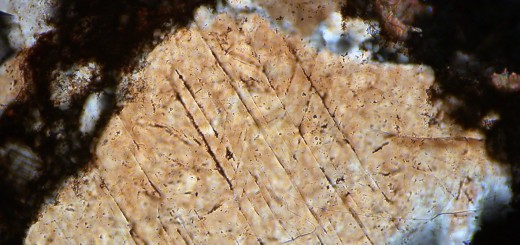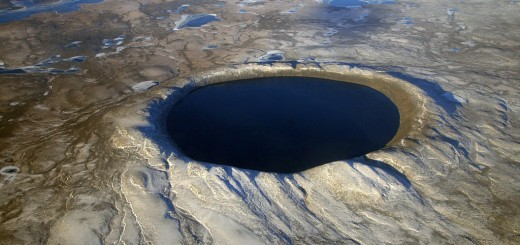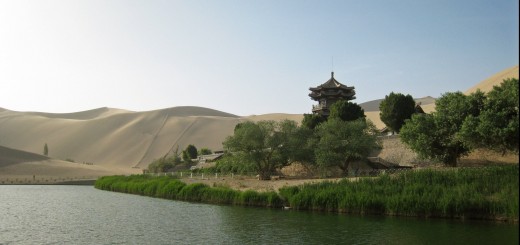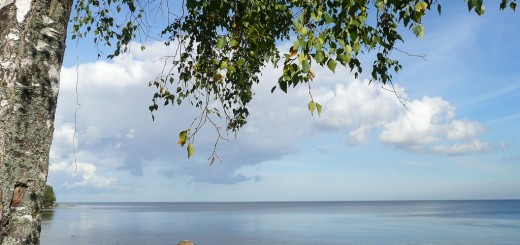Across the Pond: Lake Ohrid is Europe’s Oldest
1
Lake Ohrid. (Credit: Ellen Schurova via Wikimedia Commons)
With more than one million years under its belt, Lake Ohrid is Europe’s oldest. As one of the world’s few ancient lakes, it’s on a short list of water bodies like Lake Baikal and Lake Tanganyika.
Some sources say there are eight ancient lakes in the world (others put the number at 20) – normally formed by some tectonic anomaly (Lake Ohrid was formed by a geotectonic depression) that fortifies them against sediment filling.
A long life-span and isolation have helped these lakes support species that can only be found in their waters. For this reason, they’re often called “hot spots” of evolution. Lake Ohrid is no different.

Ohrid sponge (Ochridaspongia rotunda), endemic to Lake Ohrid. (Credit: Wikimedia Commons User Raso mk)
In Ohrid’s depths alone, there are twenty species of algae, two plant species, five species of zooplankton and ten species of fish. But its bottom fauna are the most diverse, making up 176 of the species native to the lake. So prevalent are these native lifeforms that exotic species don’t seem to be a major issue for Lake Ohrid.
Why do native species dominate? It has to do with Ohrid’s water. As an oligotrophic lake, it’s low in plant nutrients and high in dissolved oxygen levels. The endemic species have been around long enough to adapt.

Ohrid trout (Salmo letnica). (Credit: Wikimedia Commons User Nikistrat)
Like other large lakes, including some of North America’s Great Lakes, waves near Lake Ohrid’s shore swirl in a counter-clockwise direction. This is in the same manner as breaking ocean waves.
There are many things that threaten the ancient water body, like tourist operations nearshore that have destroyed reed belts and increased pollution close to the lake. Commercial overfishing has taken too much of the native trout species, which has led to fishing bans.














you need more names of the species but very helpful